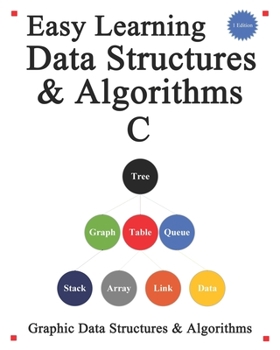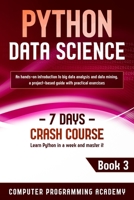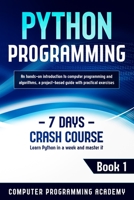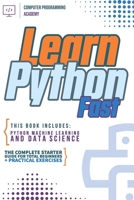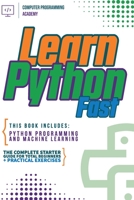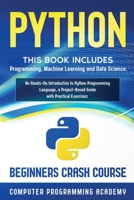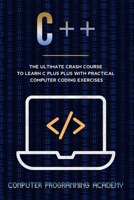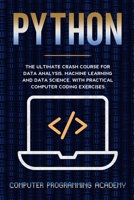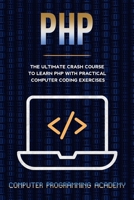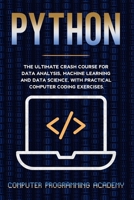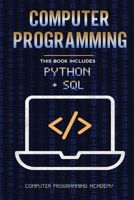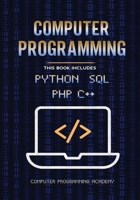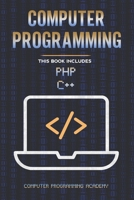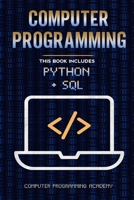Easy Learning Data Structures & Algorithms C: Graphic Data Structures & Algorithms
This book Made Easy to learn Data Structures and Algorithms. There are multiple solutions for each problem and the book is coded in C, it comes handy as an interview and exam guide for computer scientists. All data structures are illustrated with simple examples and diagrams. Every important feature of the language is illustrated in depth by a complete programming example. Wherever necessary, picture descriptions of concepts are included to facilitate better understanding. The complexity of life, because they do not understand to simplify the complex, simple is the beginning of wisdom. this book to briefly explain the concept and vividly cultivate programming interest and learn it easy and well.
Format:Paperback
Language:English
ISBN:1086368088
ISBN13:9781086368086
Release Date:July 2019
Publisher:Independently Published
Length:212 Pages
Weight:1.30 lbs.
Dimensions:0.6" x 8.0" x 10.0"
More by Computer Programming Academy
Customer Reviews
5 customer ratings | 5 reviews
There are currently no reviews. Be the first to review this work.











